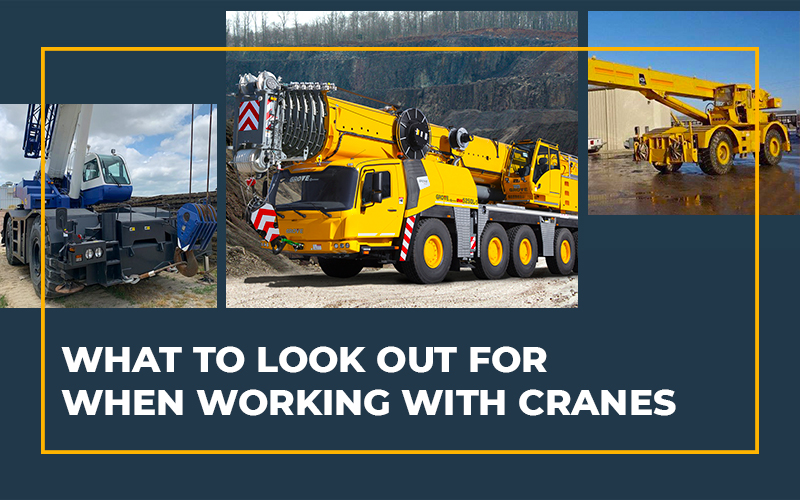In the last couple of decades, we have seen an increase in the number of accidents involving cranes, particularly tower cranes. When you are working with heavy machinery like cranes, it is essential to know about all the risks associated with this type of work. It is equally important to learn about all the steps that you can take to lessen these risks and be safer while operating the machine.
Risks Involved in Working with Cranes
There are certain hazards that you could potentially encounter when working with lifting equipment. These hazards, paired with unsafe practices at work, can lead to serious injuries and damage to the structure and material of the building. In order to successfully avoid these hazardous situations, you should be aware of how they arise so you can avoid them.
The most common crane related accidents include the following:
Overloaded Crane
Most often the reason behind a crane structure failing is that someone overloaded the crane beyond its operational capacity. Overloading the crane puts excessive stress on its structure. This can result in it getting seriously damaged.
Load Tripping
One of the most dangerous and yet common hazards that you face when you are working with overhead cranes is load tripping. If the load the machine is carrying slips, it can cause serious injury to any bystander or employee on the jobsite. It can also result in the structure of the building being seriously damaged. If the property is damaged, it would naturally mean additional time and money expenditure.
What could cause the load to trip? There are a few different factors that could result in the load tripping and causing bodily injury or structural damage. These factors include:
An Incompetent Operator
Having untrained employees operating equipment can endanger not only themselves but everyone else as well. Before allowing the employees to operate the crane, make sure they are trained adequately and can safely do the job.
Improperly Secured Load
It is important to secure the loads properly before lifting. Otherwise, the material could slip.
Mechanical Failure
When the equipment is not maintained properly, the risk of mechanical failure increases. Without someone capable carrying out the routine inspections, anything that indicates the equipment might breakdown could be missed.
Increased Line Tension
When the top hoist line or the load block comes in contact with the bottom tip or upper block or any other such component, it causes two blocking. This two blocking can cause increased line tension which ultimately results in the load tripping.
Power Lines
Half of the accidents that involve cranes happen due to some metallic part of the crane being exposed to a high energy power line. When you are moving material with a crane and are working near an energized power line, the risk of the crane’s hoist line or boom coming into contact with the line is increased. Anyone who is directly in contact with the crane is at the risk of being electrocuted in this scenario, and anyone who is working nearby is also at risk. That is why one single oversight with a crane can result in multiple deaths and injuries. Before starting the job, make sure to plan according to the needs of the job so that it can be carried out without any accidents.
MY Equipment
Looking for a place where you can find used cranes for sale? Here at MY Equipment we have a large selection of heavy equipment including cranes, with models like Tadano GR-600XL-1 in our inventory. Browse through our selection and find what you need now.


 1400 Broadfield Blvd, Houston, TX 77084,
USA.
1400 Broadfield Blvd, Houston, TX 77084,
USA.